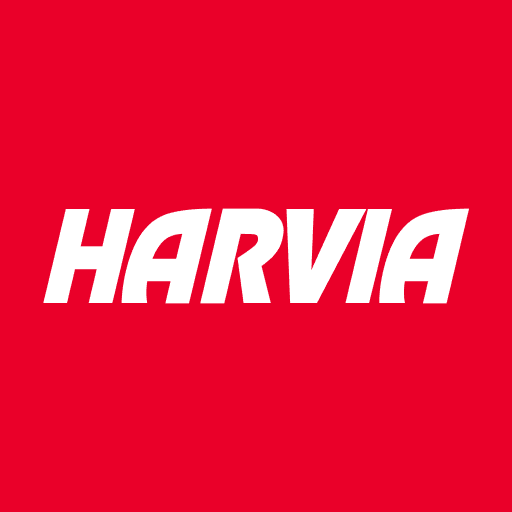

Internal control
The objective of internal control at Harvia is to ensure the realization of the company’s strategic, financial, operational and procedural targets, and to ensure compliance with applicable laws, regulations and internal guidelines in the Group. Internal control is an essential part of business management and in ensuring that the set objectives are reached. The aim is for internal control to be organized efficiently in the Group, so that any deviations from targets can be detected as early as possible or that they can be prevented.
Harvia’s tools of internal control include internal policies, such as Harvia’s Code of Conduct, guidelines and instructions, together with manual controls as well as controls built into systems. In addition, internal control is implemented in the form of various monitoring reports and meetings. Efforts are made to provide training on the most important operating principles for those individuals who specifically need to be familiar with the guidelines in question.
Harvia employees and other stakeholders can report to the company any suspicions of serious misconduct that affects people, the organization, society, or the environment.
The Board of Harvia is responsible for organizing the internal control, and its Audit Committee oversees the efficiency of internal control. The Group Management Team and the CEO of each Group company are responsible for ensuring that functioning control procedures are in use.
Harvia Group does not have its own internal audit function. The Board shall annually assess the need for internal audit measures and, if needed, may use internal company resources or external service providers for internal audit measures.
Risk management
Risk management is part of Harvia’s business management. Harvia Group’s risk management is guided by the Risk Management Policy. The purpose of risk management is to promote the identification of risks and their preventive management, to ensure an adequate level of risk management, and to include risk management as part of the company’s business.
Harvia has a group-level risk assessment and reporting model. The Group carries out a comprehensive risk assessment annually, in which the most relevant risks to the realization of the Group’s strategy or other objectives are evaluated based on their likelihood and impact on business operations. The annual risk assessment also evaluates the company’s risk management measures. The Group’s Management Team is responsible for the risk assessment. If needed, the risk assessments are updated, for example, for the risk assessment included in interim reports. The results of the risk assessment are reported to the Group’s Board of Directors.
The Group’s Management Team is responsible for the execution of risk management. The Audit Committee of the Board of Directors supervises the efficiency and effectiveness of the Group’s risk management.








